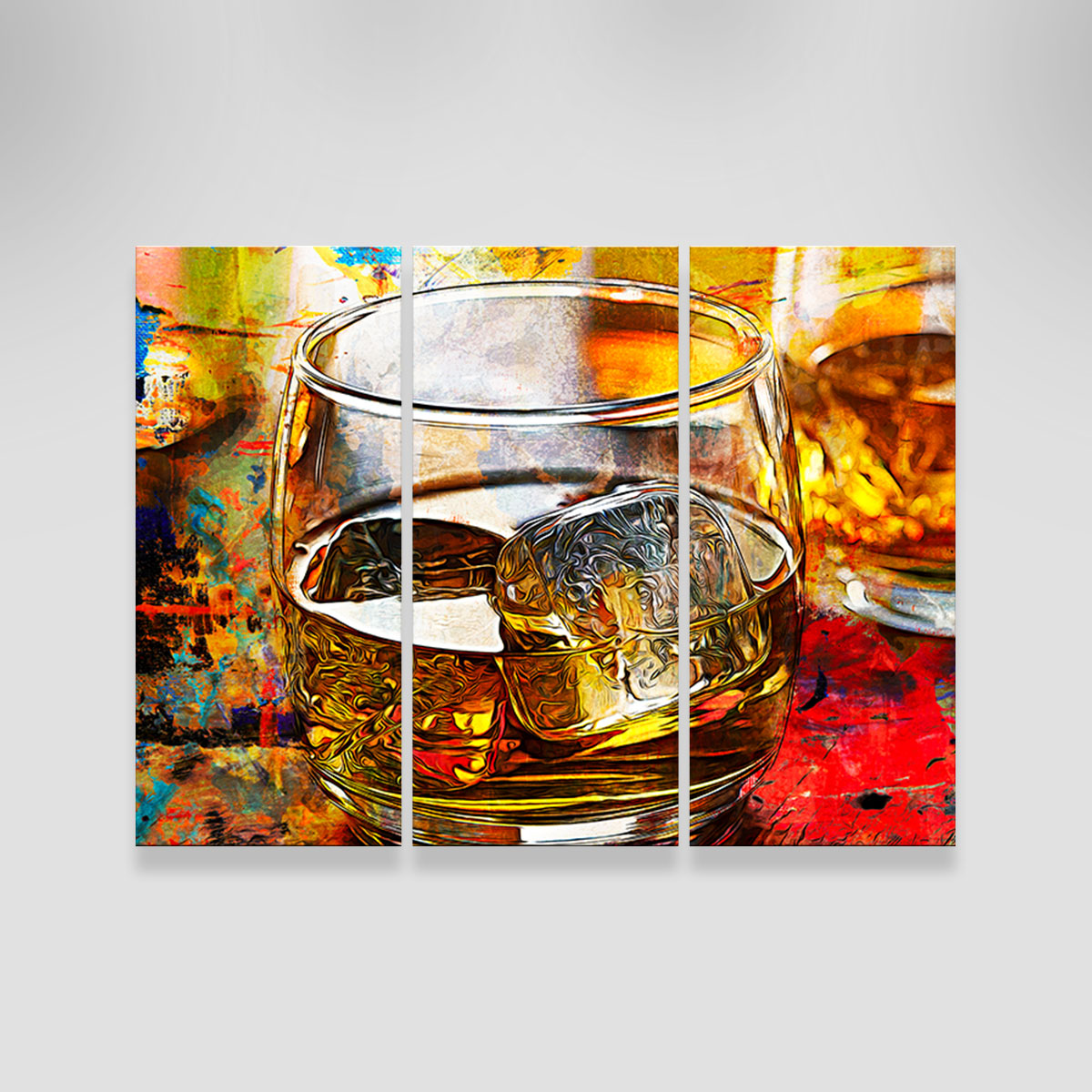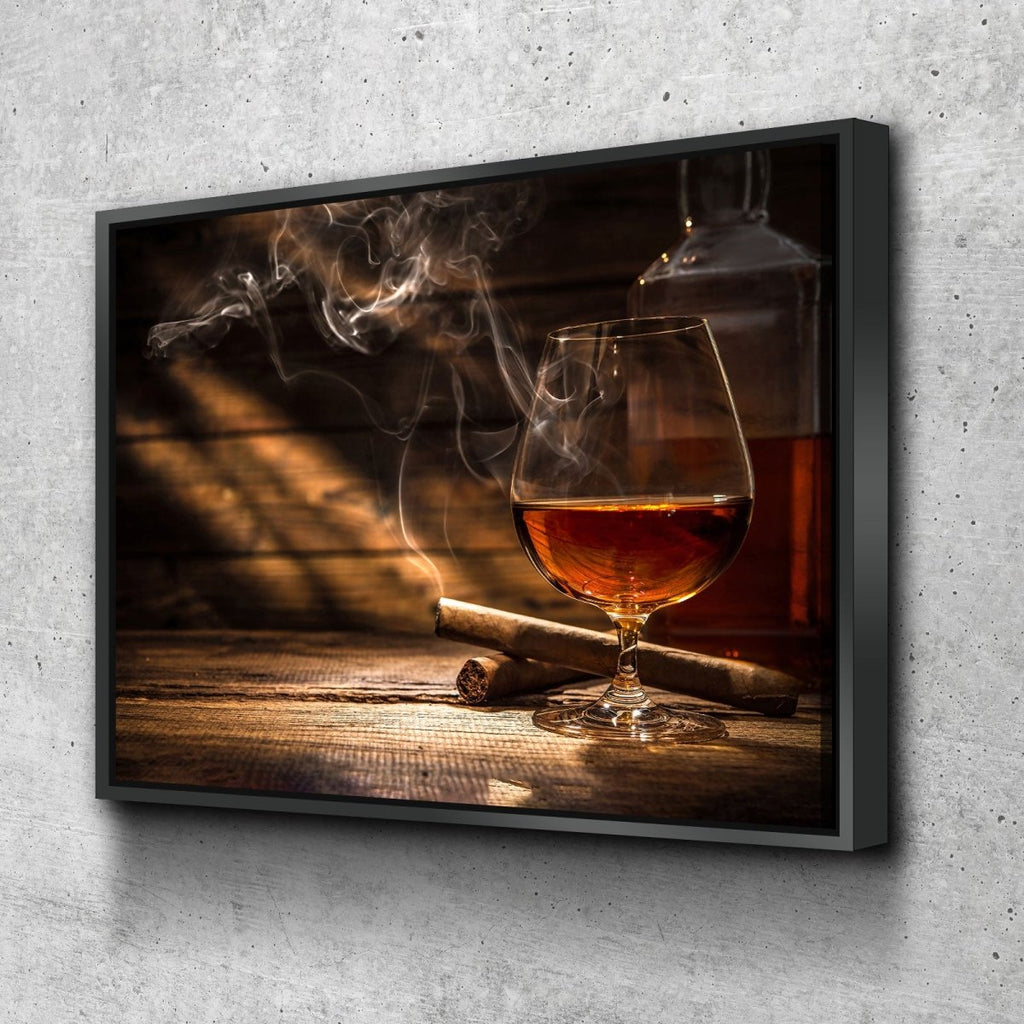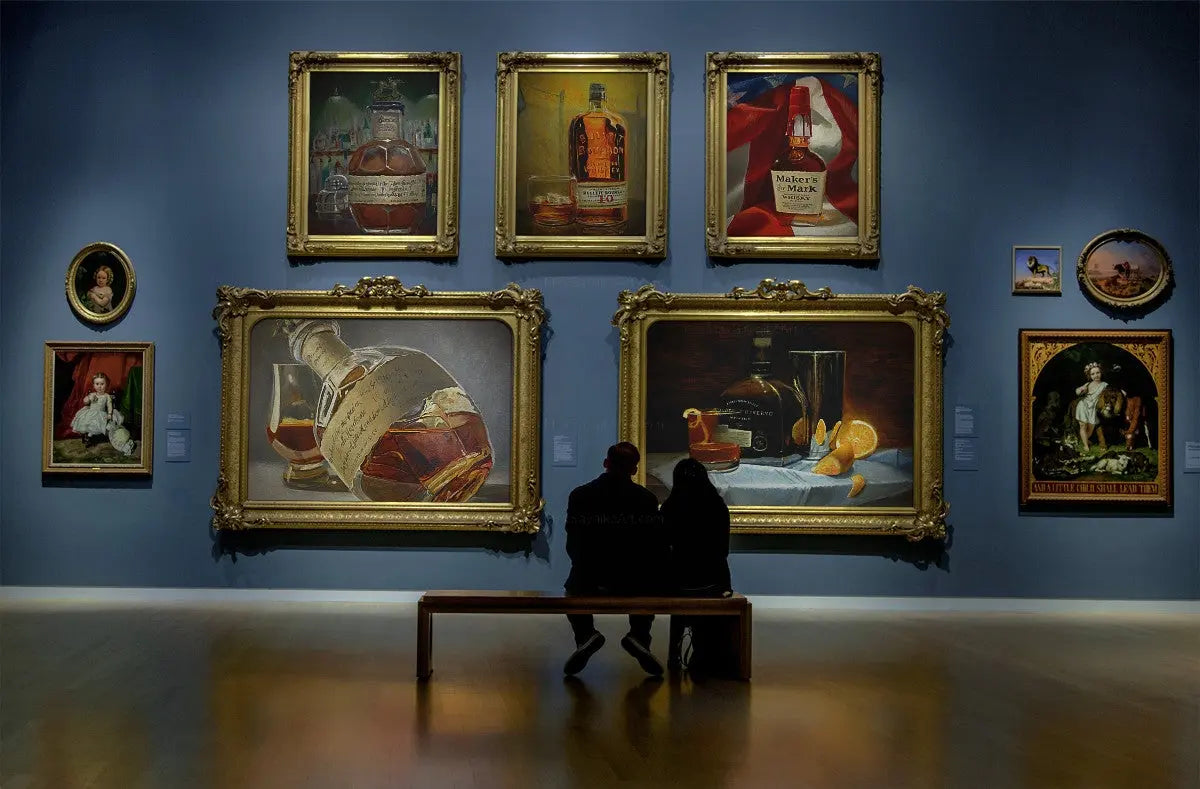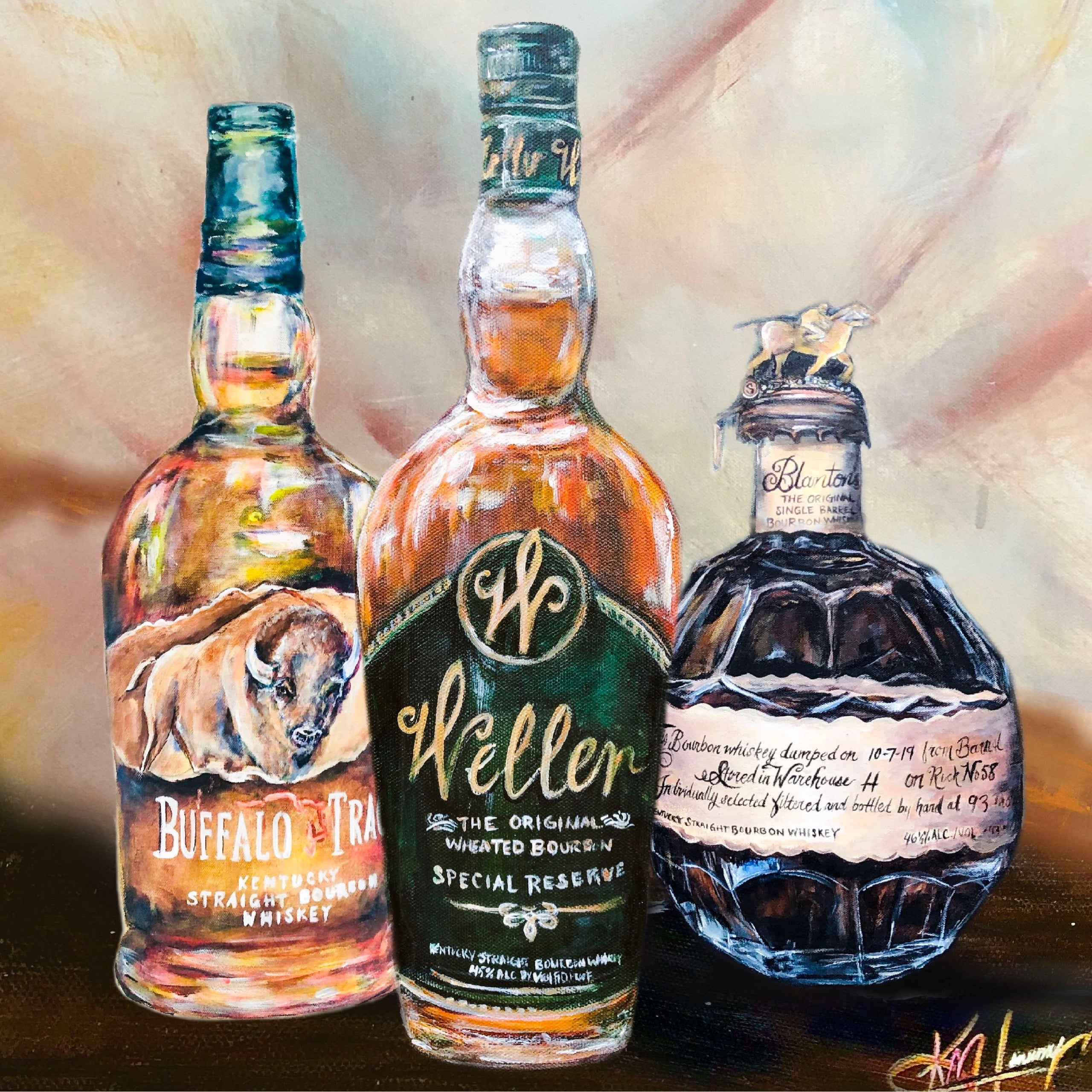Transform Your Space with Magnificent Whiskey Art Inspired by Nature
Transform Your Space with Magnificent Whiskey Art Inspired by Nature
Blog Article
Recording the Essence of Scotch Art With Unique Visual Representations and Styles
The art of scotch extends beyond the fluid itself, showing up with a range of aesthetic representations that encapsulate its fabled heritage and workmanship. What continues to be to be revealed is just how these progressing designs reflect not just the bourbon itself but likewise the altering landscape of imaginative interpretation. Whiskey Art.
The History of Scotch Art

As whiskey production spread, so too did the desire to elevate its experience via art. From the detailed inscriptions on very early casks to the sophisticated labels of modern bottles, each aspect reflects a distinct artistic vision, working as an aesthetic story of the whiskey's heritage.
In the 19th and 18th centuries, the rise of the commercial change better boosted whiskey art, bring about innovative product packaging and advertising and marketing that recorded customer attention. Designers and musicians started try out visual appeals, imbuing whiskey-related images with symbolic significances that shared concepts of craftsmanship, practice, and community.
Today, whiskey art remains to develop, mixing standard methods with modern art types. Whiskey Art. This ongoing dialogue between the spirit and its visual depiction highlights the long-lasting bond in between whiskey and culture, improving the general experience for enthusiasts worldwide
Iconic Bottle Styles
While lots of variables contribute to the appeal of scotch, iconic container styles play a critical duty fit customer perception and enhancing the overall experience. The aesthetic presentation of whiskey bottles is not simply an aesthetic consideration; it serves as a bridge between the customer and the product, evoking feelings and establishing assumptions.
Distinct shapes, products, and closures can elevate a whiskey brand name's identification, making it instantly recognizable on crowded racks. The timeless Glenfiddich bottle, with its classy tapered silhouette, conveys a feeling of tradition and craftsmanship, while the bold, modern-day style of the Balvenie bottle reflects development and refinement. Furthermore, the usage of tinted glass or unique appearances can recommend the quality and personality of the bourbon within.
Legendary designs often integrate aspects of social heritage, symbolizing the brand name's background and connection to its origins. Brand Names like Jack Daniel's use an uncomplicated, durable layout that resonates with its American scotch heritage. Eventually, the influence of bottle style prolongs beyond mere functionality; it envelops the significance of the brand name, welcoming consumers to discover and indulge in the abundant tapestry of scotch society.
Label Artwork and Branding
Bottle styles often set the phase for what customers can anticipate, however label art work and branding play an equally significant function in connecting a bourbon's identity. The label works as the first point of get in touch with between the item and the consumer, encapsulating the essence of the bourbon within its aesthetic elements.
Efficient tag art work incorporates color, imagery, and typography to create a narrative that reverberates with the brand name's heritage and target market. A label including classic typefaces and intricate illustrations might stimulate a sense of practice and craftsmanship, appealing to lovers. On the other hand, strong shades and contemporary design aspects could bring in a younger demographic seeking innovation and enjoyment.


Digital Photography and Visual Storytelling
Capturing the significance of whiskey with digital photography and aesthetic narration is an art type that raises the brand name experience. This tool transcends plain product representation, delving right into the elaborate narratives that surround each bottle. By using compelling images, digital photographers can stimulate emotions that resonate with customers, eventually building description a much deeper link to the scotch brand name.
Visual storytelling in scotch photography usually utilizes abundant appearances, lights, and make-up to highlight the unique qualities of the spirit. The interaction of light and darkness can emphasize the brownish-yellow hues of bourbon, while the choice of history elements-- such as rustic barrels or classy glassware-- can strengthen the brand's heritage or way of life organizations.
Additionally, capturing the ceremonial facets of bourbon intake, from the putting to the tasting, welcomes viewers right into a sensory experience, enabling them to picture the tastes and scents that wait for. Each picture not just showcases the item yet likewise tells a tale of craftsmanship, custom, and the minutes that bourbon can enhance - Whiskey Art. Thus, digital photography becomes an effective device in verbalizing the identification of whiskey brand names, positioning them within the broader cultural landscape
Emerging Fads in Bourbon Art
The development of scotch art is increasingly formed by contemporary fads that reflect more comprehensive social changes and customer preferences. This shift not just highlights the significance of sustainability but also boosts the narrative bordering scotch production.
In addition, digital art has surged in popularity, permitting cutting-edge depictions of scotch. Artists are leveraging innovation to craft immersive experiences, such as augmented truth installments that engage viewers and give a deeper understanding of scotch's social importance. This pattern additionally encompasses social networks systems, where aesthetically striking web content amasses attention and fosters area amongst enthusiasts.
Moreover, collaborations in between bourbon brands and artists are ending up being more typical. These collaborations generate limited-edition packaging designs and exclusive artworks that celebrate both the craftsmanship of whiskey and the creative thinking of musicians. As whiskey art remains to advance, these emerging trends will unquestionably form its future, promoting a vibrant intersection of society, sustainability, and technology within the whiskey community.
Conclusion
In verdict, the art of whiskey incorporates a diverse variety of aesthetic depictions that reflect its abundant heritage and craftsmanship. From famous bottle layouts and detailed tag artwork to engaging Going Here digital photography, each element adds to a wider story that improves the customer's experience. As emerging patterns, such as digital art and sustainability, proceed to shape this imaginative landscape, the complex identity of whiskey continues to be a withstanding resource of social connection and exploration.

In conclusion, the art of bourbon encompasses a varied array of visual depictions that show its abundant heritage and workmanship.
Report this page